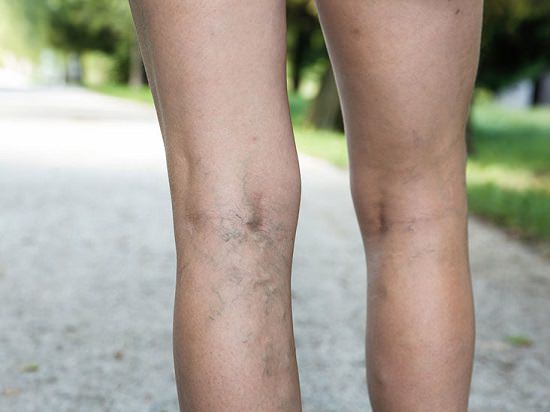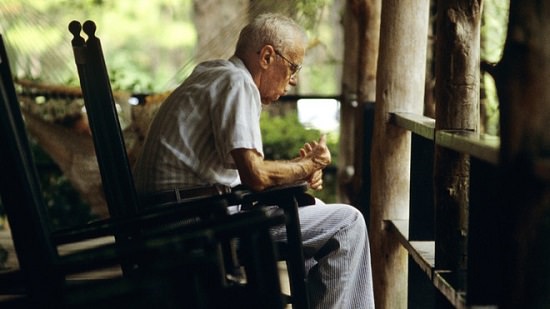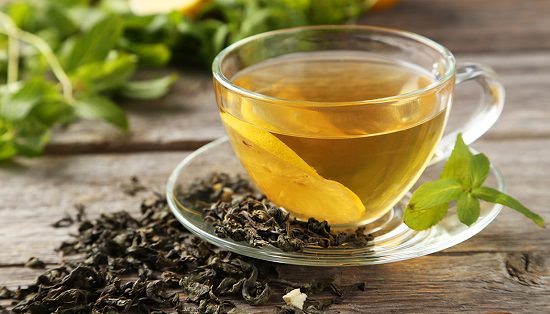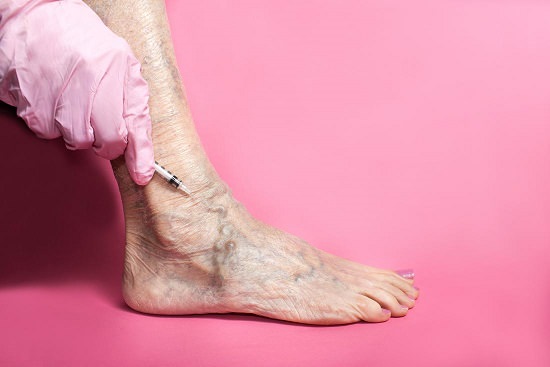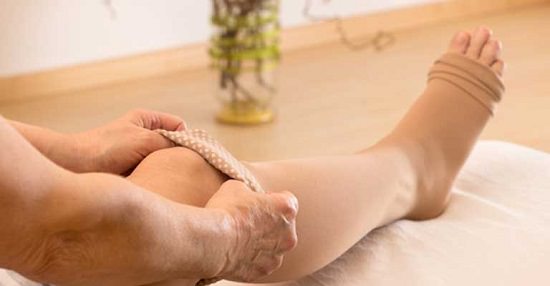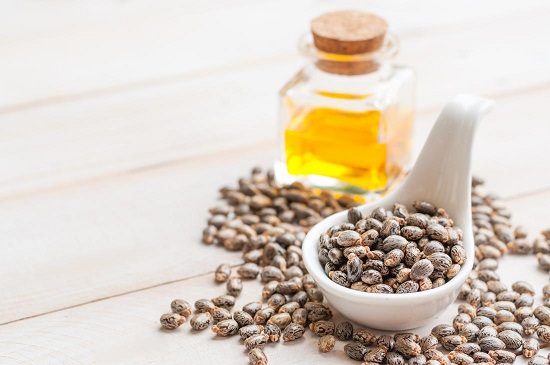Is Green Tea Good for Varicose Veins? Know the answer to this intriguing question along with other information about varicose veins in this article.
Varicose veins or varicose or varicosities are permanently dilated and twisted superficial veins. The thighs, calves, shin, feet, and inner leg near the ankles are the sites that are most susceptible to varicosities. Women are more likely to be affected as female hormones may cause blood vessels to dilate/relax. The bulged veins appear blue/ dark purple, red, or skin-colored and the surrounding skin may be itchy and discolored.
There are complaints of throbbing or burning sensation, heaviness, and ache in the legs. Nighttime leg cramps are one of the frequent issues. Standing for long durations exacerbates symptoms and alleviates when you lie down or elevate your legs. For many, the appearance of varicose veins is a serious aesthetic concern as it doesn’t look so sightly.
Cause of Varicose Veins
One-way valves regulate blood flow in the veins that direct blood from the legs towards the heart, working against gravity. Failure or weakening of these valves causes blood to flow backward or pool/accumulate. This causes the blood to flow against the vein walls and enlarges and distorts them causing Varicoses.
Conversely, defects in vein architecture like damaged collagen in the vein wall may damage the valves and lead to varicosities.
Risk Factors
1. Pregnancy
Increased blood volume and a growing uterus place extra pressure on the circulatory system, especially the leg veins. Hormonal changes during pregnancy provoke relaxation of the vein walls.
2. Old Age
With age, the valves undergo a large amount of wear and tear, which can be a major cause of varicose veins.
3. Obesity
Valves are already working against gravity to direct blood flow. And the increasing body weight presents an additional challenge for the valve to overcome and circulate blood properly.
4. Standing for Longer Periods
Standing for a longer duration can also lead to varicose veins. Certain jobs where individuals have to stand for extended periods. e.g., factory workers, teachers, surgeons, police officers are at high risk.
Is Green Tea Good for Varicose Veins
Green tea is rich in antioxidants. A single cup of green tea provides anywhere between 10-200mg of polyphenols. Polyphenols are a category of micronutrients that have remarkable antioxidant properties. Notably, Quercetin and Epigallocatechin gallate are the most abundant polyphenol present in green tea.
These polyphenols strengthen the walls of the veins, widen the blood vessels, and also reduces inflammation in the surrounding skin tissue. This relieves pressure on the varicose veins and allows the skin to look smoother.
Drinking 2 cups of green tea a day, in the morning and night, may relieve symptoms and the appearance of varicosities. Some claim that applying used moist teabags as a compress directly over varicose may also shrink them.
Treatment of Varicose Veins
1. Surgery
When you undergo surgery, the varicose veins are tied and completely removed via vein ligation and stripping. The smaller superficial veins are pulled out by putting tiny cuts on the skin and then using a hook to remove them. This process is popularly known as ambulatory phlebectomy.
2. Sclerotherapy
A trained professional injects saline or chemical solution to scar and seal off the vein and the varicose fades away.
3. Endovenous Ablation
An ultrasound, laser, or radiofrequency like thermal energy is used to collapse and seal up the vein. Health professionals use a catheter/fiber to enter the target vein.
4. Endoscopic Vein Surgery
Doctors use a thin video camera/scope to visualize and close off the varicose vein, and then remove it through small incisions.
5. Elevating the Legs
For mild to moderate varicose, raising the legs above heart level, 3-4 times a day for 15 minutes will improve circulation. Once the circulation improves, the condition will start to fade on its own.
6. Compression Stockings
When used regularly, the stockings squeeze the veins and stop blood from pooling, which is known as venous stasis. Blood pooling is the major symptom of varicose veins, and once it stops, the veins stop appearing.
The goal of treatment is to tackle symptoms, improve appearance and prevent complications like ulcers, bleeding, and deep vein thrombosis.
Other Remedies for Varicose Veins
1. Apple Cider Vinegar
Wrap a clean cloth soaked in Apple Cider Vinegar or witch hazel over the affected area. Leave it for 20-30 minutes and repeat it thrice a day to see improvements.
2. Castor Oil
Massage the affected area with cold compressed castor oil or warmed-up coconut oil for 10-15 minutes. Repeat daily to notice positive results.
3. Garlic
Mince 6 cloves of garlic into a fine paste, add a few drops of rubbing alcohol. Massage this paste over the varicose for 15 minutes. You can add garlic to your diet to maximize benefits.
We hope you gained some knowledge from this in-depth article. Varicose veins occur due to poor blood circulation and if you keep the precautions in mind, you may not ever face them. Avoid standing for longer durations and don’t put much weight on your legs that might alter the blood circulation. Green tea is good for varicose veins and you might want to use it to avoid surgeries. However, if you face other symptoms like bleeding, ulcers, and blood clotting, visit your medical professional asap.

